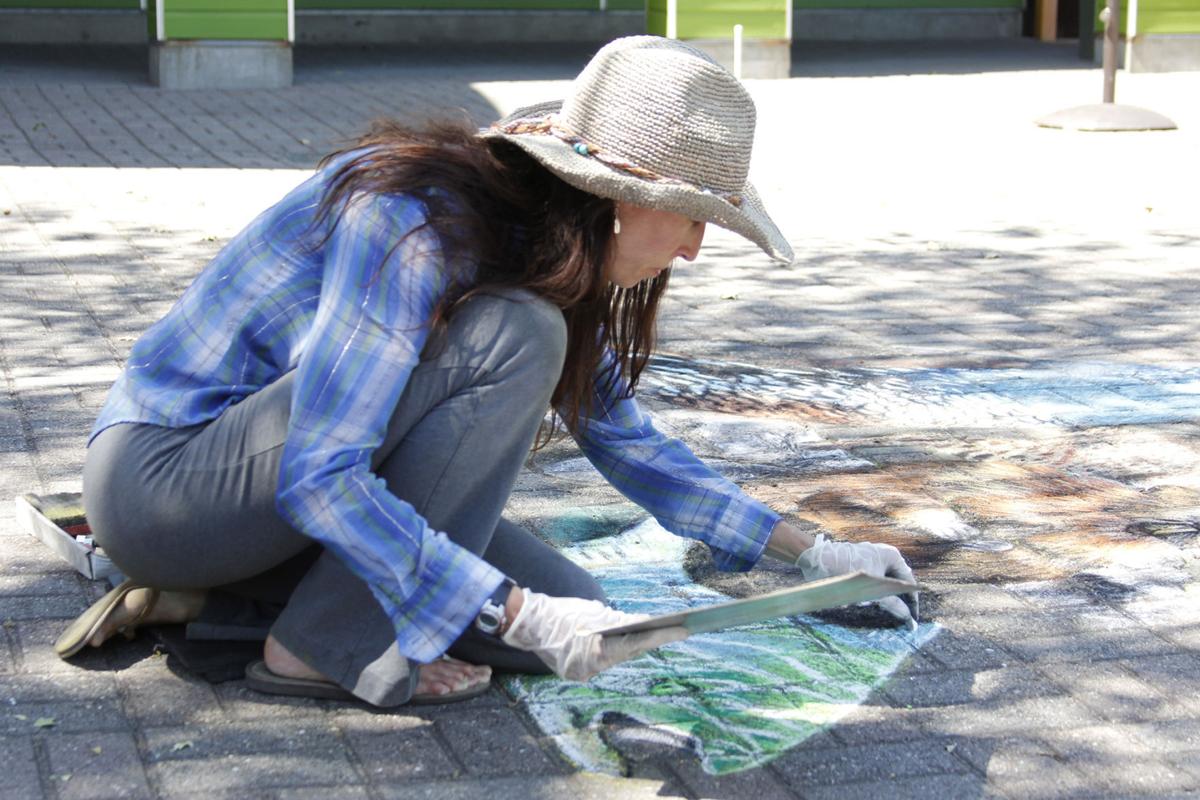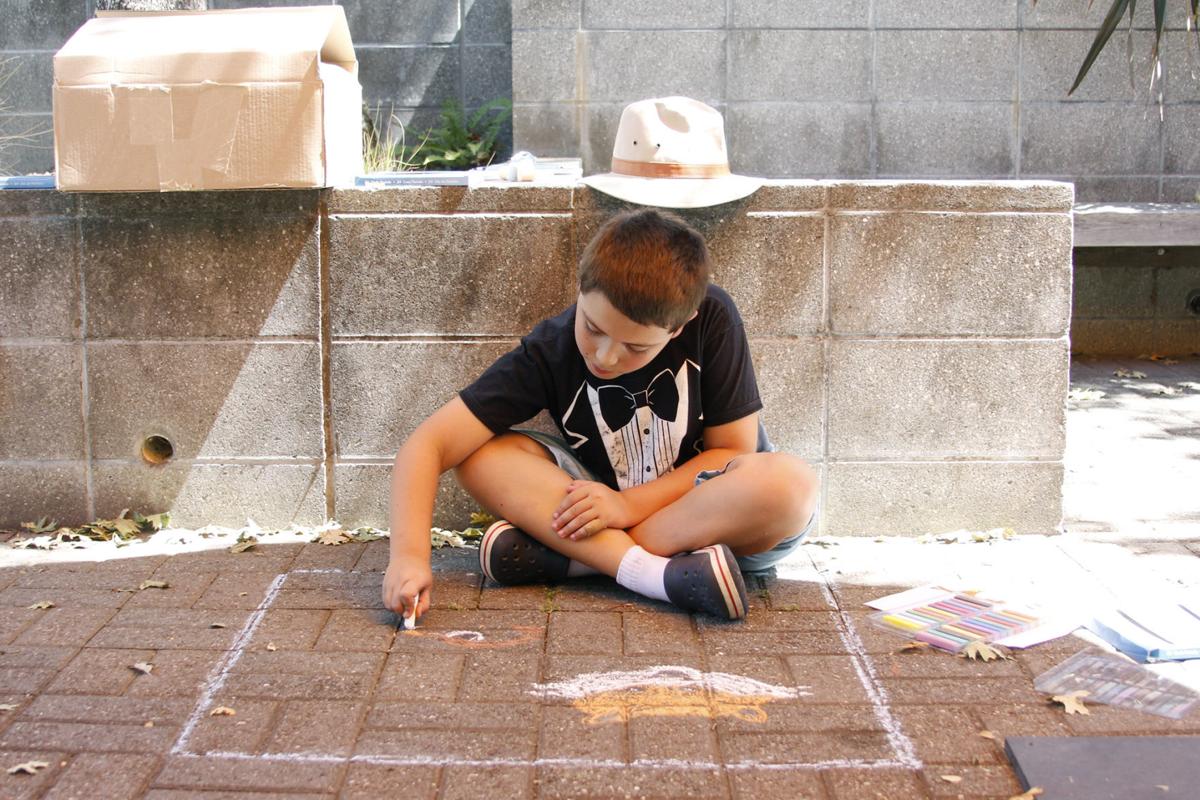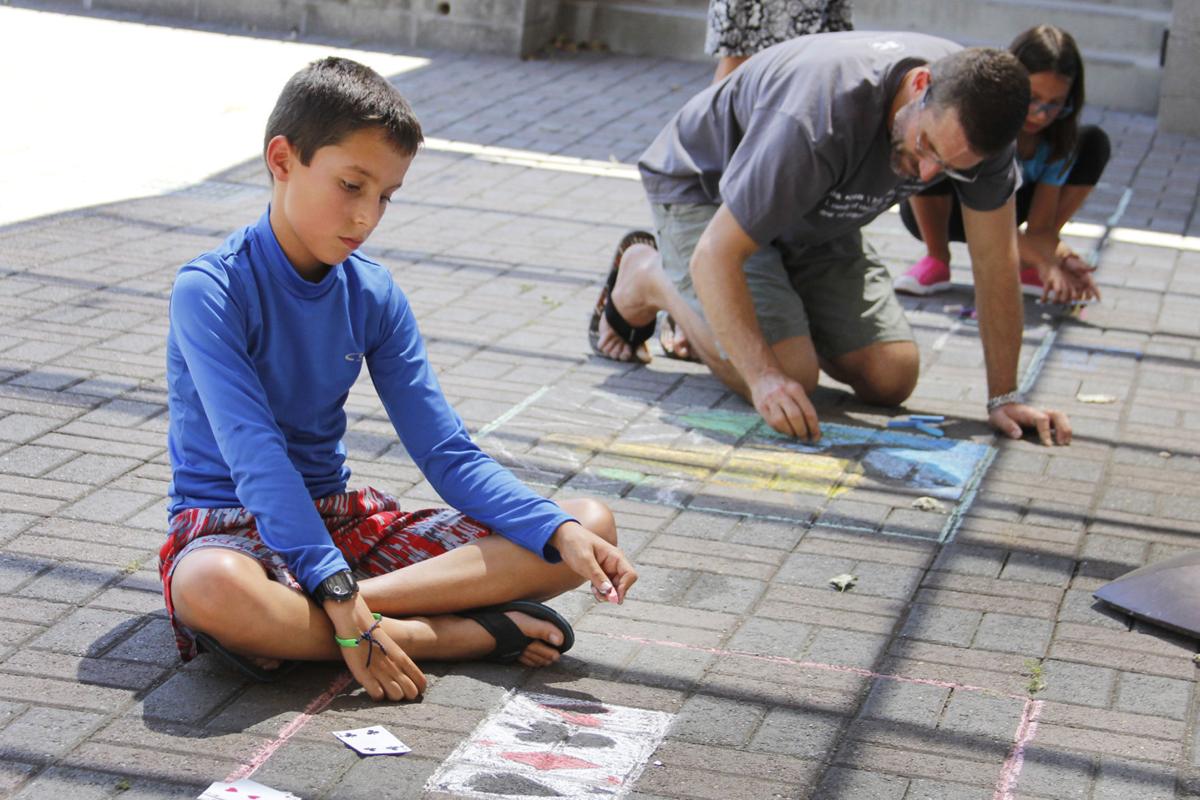All of the UK is scratching their heads this morning and tsking at the news that a mother and kits has been suddenly ‘discovered’ in Beauly Scotland. This is miles away from the Tay or Knapdale, nearest the town of Inverness. At the moment they are exclaiming the beavers were “illegally released” because obviously there’s a beaver bandit of sorts who is running around the countryside stashing beavers were they aren’t wanted.
I mean the dumb animals couldn’t it be doing it themselves, right?
Row over illegal beaver family found near Beauly
 Trees for Life said a mother and at least two kits have been observed on a river near Beauly. It has asked that the mammals be allowed to remain where they are or be relocated.
Trees for Life said a mother and at least two kits have been observed on a river near Beauly. It has asked that the mammals be allowed to remain where they are or be relocated.
The government has instructed that the beavers be trapped and then kept in captivity. Trees for Life believes the animals have been in the area for at least five years. The presence of beavers has been found previously in the Highlands.
In 2008, one was found dead on a beach at Eathie on the Black Isle after suffering what police described as a “cruel” death after ingesting a large quantity of sea water.
Po lice suspected the animal was linked to illegal releases of beavers in other parts of Scotland.
lice suspected the animal was linked to illegal releases of beavers in other parts of Scotland.
It’s horrifying to imagine that they would try and trap a mother and kits so early in the summer when they’re obviously young. And more horrifying to think they could capture part of the family and leave a kit or two behind. This story is literally an hour old as I type this and I can imagine there’s going to be a major ‘call to arms’ on both sides soon. The town of Beauly is over 100 miles away from the River Tay and it’s not like beavers could have travelled up the Tay to the Tummel to the Garry up, walked over land a few miles and swam up Beauly Firth, because beavers NEVER do that right?
This seems like a good time to remind our readers that Dietland Mueler-Swarze observed in his book on behavior of the animals that beavers can disperse long distance over land and water. In fact he specifically reported on Castor Fiber:
 That pesky beaver bandit has so much to answer for.
That pesky beaver bandit has so much to answer for.
Meanwhile, here in sunny California the county recorders office contacted me yesterday because they wanted to make a children’s activity book to make sure their services are more visible and of COURSE wanted to pick the best possible mascot for their story. I’m sure you can guess already what animal they picked.
Remember, that the original beaver habitat was right next to then new county recorders building, and its previous head (Steve Weir) was a huge beaver protector. Workers would visit the beavers every morning before they came to the office, or tell us if there were new things in the creek, and they were the one to photograph that turtle laying eggs on the bank. Its second story windows was famously crowded with eager secretaries watching the shirtless Skip Lisle installing the flow device back in 2008.Long, long ago, when Gavin Newsome originally made gay marriage legal for a split second in California, Steve and his partner were famously married IN beaver park. I wrote about the huge historic event in one of my favorite posts back in 2008.
Let’s just say beavers and the county recorders office go WAY back.
So it seemed wholly appropriate for them to want to ‘launch’ their activity book at the beaver festival, and we found them just the right spot. I was given a preview of the book yesterday and because I’m very bad at keeping secrets I’m going to share my two favorite pages with you. Shhh
 In addition to being darn adorable, I’m pretty sure this is exhibit ‘A’ about the beavers’ civic importance when we have to go to court to protect the NEXT beavers that settle in Alhambra Creek. 🙂
In addition to being darn adorable, I’m pretty sure this is exhibit ‘A’ about the beavers’ civic importance when we have to go to court to protect the NEXT beavers that settle in Alhambra Creek. 🙂



 The exhibit opens on July 31st at the North County Recreation District (NCRD) in Nehalem, 36155 9th Street. On August 4th, local naturalist and photographer Neal Maine will give a special presentation on Beaver Ecology at 6:30 pm, followed by a reception and viewing of the works in the NCRD Art Gallery. The exhibit will be on display through August 30th.
The exhibit opens on July 31st at the North County Recreation District (NCRD) in Nehalem, 36155 9th Street. On August 4th, local naturalist and photographer Neal Maine will give a special presentation on Beaver Ecology at 6:30 pm, followed by a reception and viewing of the works in the NCRD Art Gallery. The exhibit will be on display through August 30th. Along with the month long display, there will be tours and other activities around Nehalem and Manzanita. Following the opening, join The Wetlands Conservancy for an Open House on August 5th from 1- 3 pm at the Doris Davis Wetland Preserve in Manzanita, located off Nehalem Rd at Beach St. The beautiful preserve is right in the heart of Manzanita. TWC’s land steward will be on site to lead a tour of this great North coast wetland.
Along with the month long display, there will be tours and other activities around Nehalem and Manzanita. Following the opening, join The Wetlands Conservancy for an Open House on August 5th from 1- 3 pm at the Doris Davis Wetland Preserve in Manzanita, located off Nehalem Rd at Beach St. The beautiful preserve is right in the heart of Manzanita. TWC’s land steward will be on site to lead a tour of this great North coast wetland.
 YOUNTVILLE — If you’re planning to visit the Napa Valley Museum this week, look down – you might just find a work of art at your feet.
YOUNTVILLE — If you’re planning to visit the Napa Valley Museum this week, look down – you might just find a work of art at your feet.

 n Fay, 9, decided to paint the faces of a fox and a deer.
n Fay, 9, decided to paint the faces of a fox and a deer.


 Hope Ryden, whose lifelike photographs of North American beavers, coyotes, mustangs and other wildlife helped elevate them into poster animals for conservation campaigns, died on June 18 in Hyannis, Mass. She was 87.
Hope Ryden, whose lifelike photographs of North American beavers, coyotes, mustangs and other wildlife helped elevate them into poster animals for conservation campaigns, died on June 18 in Hyannis, Mass. She was 87. donate signed copies to the Silent Auction. She always said that the Martinez beaver story made her happy and made her feel as if new options were possible. She was friends with Sherri Tippie and knew the good folks at Beavers: Wetlands and Wildlife. She never stopped caring about beavers even after her amazing 4 years.
donate signed copies to the Silent Auction. She always said that the Martinez beaver story made her happy and made her feel as if new options were possible. She was friends with Sherri Tippie and knew the good folks at Beavers: Wetlands and Wildlife. She never stopped caring about beavers even after her amazing 4 years.





































